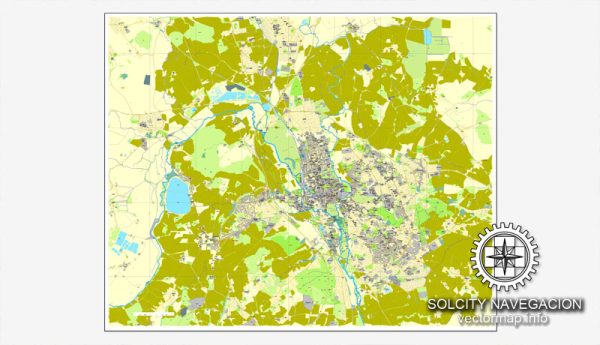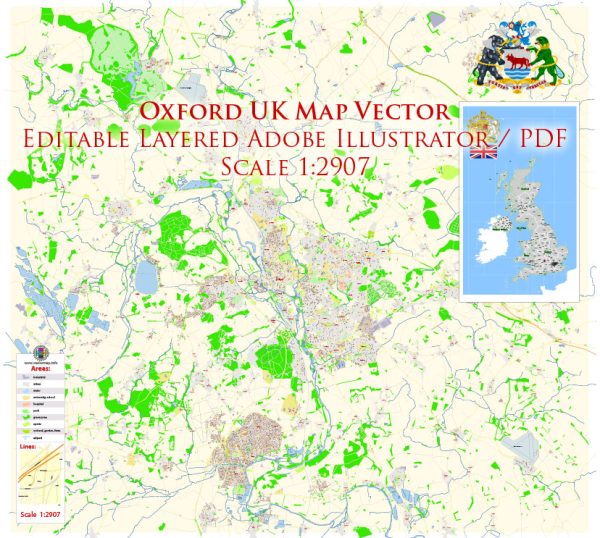The architecture of Oxford, United Kingdom is characterized by its rich history and diverse styles that have developed over centuries. Oxford is renowned for its prestigious university and has a long history dating back to the 12th century. Here is a brief description of some of the architectural highlights in Oxford:
- Collegiate Gothic Style: The most iconic architectural style in Oxford is the Collegiate Gothic, seen in many of the university’s colleges. These buildings feature ornate stone carvings, spires, and grand entrance gates. Notable examples include the Christ Church College, Magdalen College, and All Souls College. The Radcliffe Camera, an 18th-century library, is a prominent example of this style.
- Neoclassical and Baroque: The Ashmolean Museum, designed by Sir Christopher Wren, is a fine example of neoclassical architecture. The Clarendon Building and Sheldonian Theatre also showcase this style. The Clarendon Building features classical columns and a central cupola, while the Sheldonian Theatre has a circular design and a magnificent painted ceiling.
- Medieval Architecture: Oxford has several medieval buildings that have been preserved over the centuries. The oldest parts of the university, like the Divinity School and Duke Humfrey’s Library, feature stunning medieval architecture. The Bodleian Library, with its stone walls and intricate carvings, is another medieval gem.
- Georgian and Victorian Architecture: The city also boasts a variety of Georgian and Victorian-era buildings. These structures, with their symmetrical facades and sash windows, add to Oxford’s architectural diversity. The Pitt Rivers Museum and the Oxford University Museum of Natural History are good examples of Victorian architecture.
- Modern and Contemporary Architecture: While Oxford is known for its historic architecture, there are modern additions to the city’s skyline. The Said Business School, designed by Dixon Jones, is a striking example of contemporary architecture with its glass and steel construction. The Blavatnik School of Government, designed by Herzog & de Meuron, is another modern landmark, known for its distinctive, undulating design.
- Residential Architecture: In the residential neighborhoods, you’ll find a mix of architectural styles, including Georgian and Victorian townhouses, as well as more modern buildings. The streets are often lined with beautiful, colorful doors and well-tended gardens.
- Oxford’s Bridges: The city is crossed by several picturesque bridges, such as the Magdalen Bridge and Folly Bridge, which add to the city’s charm. The Magdalen Bridge is known for its distinctive bridge houses, while Folly Bridge offers scenic views of the River Thames.
Oxford’s architecture is a testament to the city’s enduring cultural and academic significance. It offers a fascinating blend of styles and periods, making it a unique and historically rich urban environment. The city’s buildings and streets continue to inspire visitors and scholars alike.



 Author: Kirill Shrayber, Ph.D.
Author: Kirill Shrayber, Ph.D.